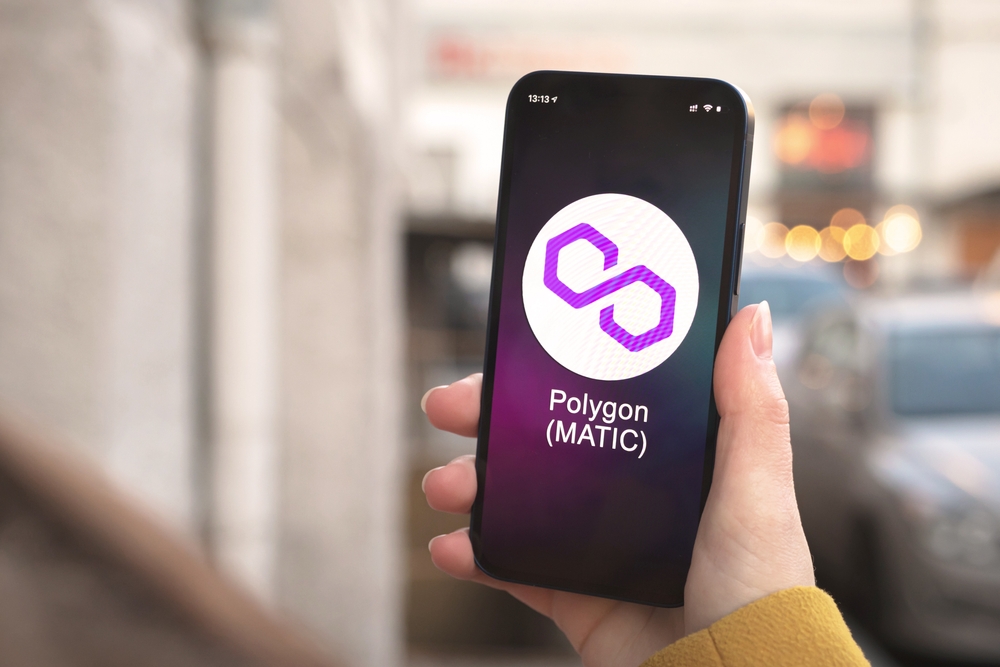Palm Network is bolstering its collaboration with Polygon with plans to unveil a roadmap allowing nonfungible token (NFT) creators to lower costs as they enter Web3. The ConsenSys-backed firm considers the new platform would benefit NFT creators and brands pursuing Web3 through improved efficiency.
Palm Network Deploying New Roadmap
Palm Network seeks to deploy the new roadmap on the Polygon’s Supernet by 2024. It announced that the project features two phases led by the creator’s network identified as the foundation. The project signals that the firm plans to ditch the current proof-of-authority (PoA) founded upon the consensus mechanism to embrace the proof-of-stake (PoS) mechanism by Tuesday, August 1. The second phase will involve moving to the Polygon in 2024.
Revisiting Palm Network as it Scales to Accommodate More Brands
Palm Network initially ran as the Ethereum sidechain by providing critical tools that would enable creators and artists. In particular, it facilitated them sharing, creating, and selling their pieces as tokenized assets.
Recently, it merged with Candy Digital to enable the network to host the IP from established Warner Brothers and Major League Baseball brands. Palm Network has also hosted various artists, among them British Damien Hirst. It supported Hirst in releasing ‘The Currency’ in 2021.
Palm Network Scaling to Facilitate Artists Onboarding the Web3 Space
The Palm Network shift to Polygon in 2024 would involve the highly scalable and application-specific chain labeled Supernets. The platform aims to scale solutions of the suite tools further to accommodate more brand names and artists pursuing the Web3-based space.
The Palm Foundation executive Andrea Lerdo restated the entity’s desire to scale the network to become a coveted destination for various creators. He added that Palm’s scaling would offer fans a unique outlet to leverage and interact with their preferred brands, players, sports, and themes.
The Supernet constitutes a part of the network upgrade concluded by Polygon. The upgrade targets to deprecate the native token Matic allowing it to unveil the POL token. The network identified as Polygon 2.0 will feature the supernets targeting the financial markets. Specifically, the network would facilitate niche use cases and NFT creation. It targets the Supernet to help introduce zero-knowledge (ZK) tech.
Palm Network Ditching ConsenSys Nest
Palm Network upgrade involved moving from the ConsenSys nest, where it launched in 2021. The move was surprising since it avoided deploying on the newly launched Layer-2 scaling solution identified as Linea Network.
Instead, it embraced Polygon’s tech stack despite acknowledging that Linea involved a rare platform in the competitive industry.
Collaboration and Competition Necessary to Survive the Bleak Market
Lerdo admitted that embracing the Polygon platform was inevitable, with Joe Lubin contacting Sandeep to scale the network. The executive cited the bleak market as a reason to pursue collaboration while sustaining the momentum to compete.
Palm Network offers the perfect playground to integrate competition and collaboration. Lerdo observed that Polygon would offer technical support while ConsenSys handles marketing and business development.
Lerdo confesses that it becomes difficult for Palm Network to operate in the middle. Nonetheless, striking a balance involves an interesting process. The executive considers that onboarding contributors benefits the individual companies and the entire ecosystem.
Editorial credit: FellowNeko / Shutterstock.com
